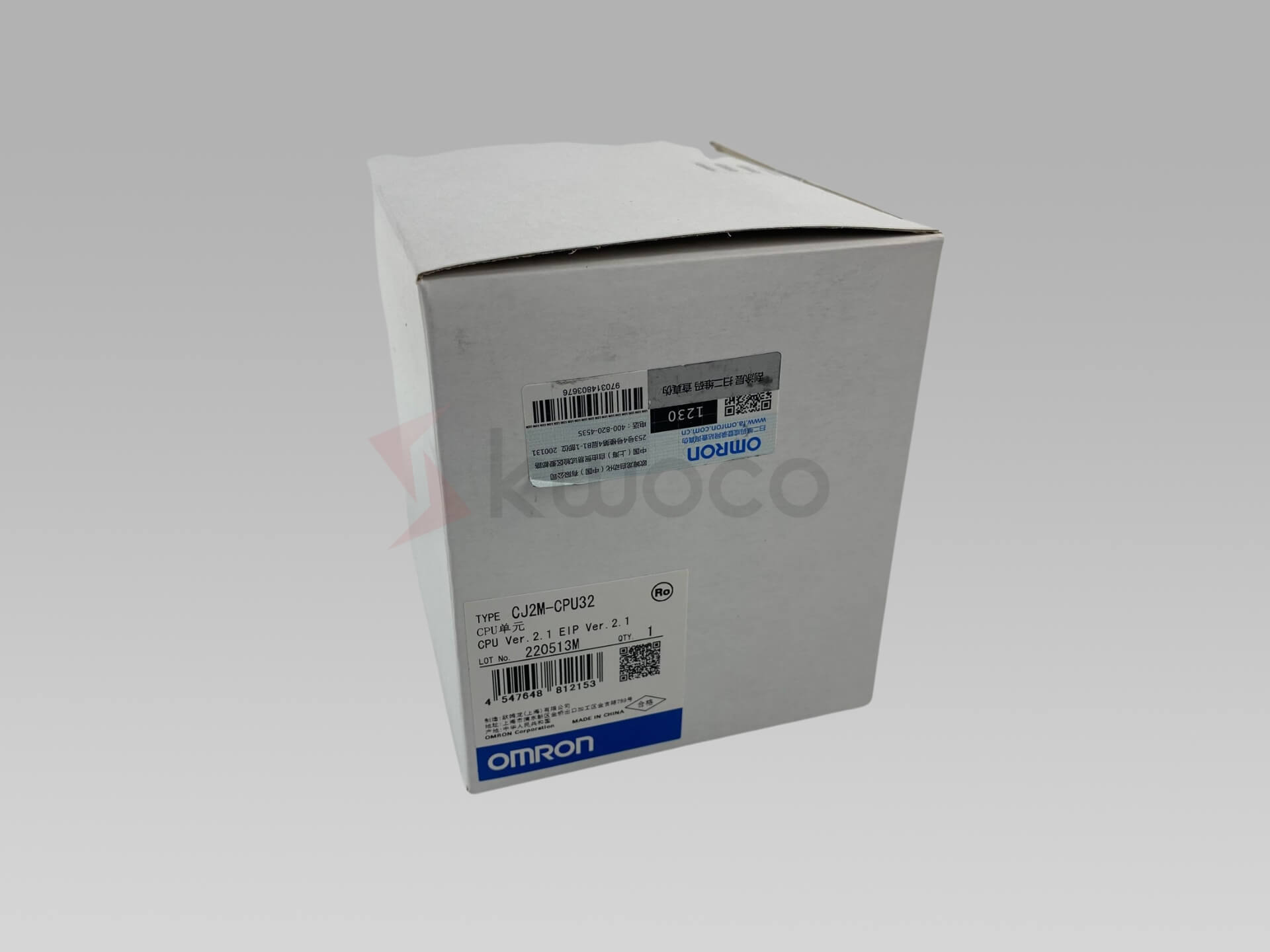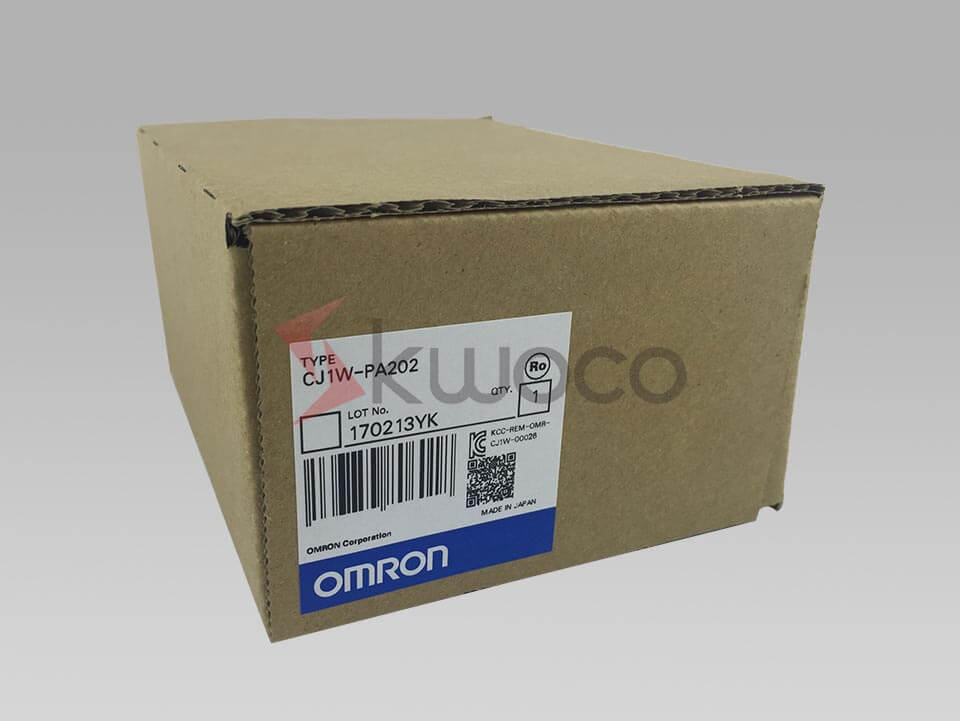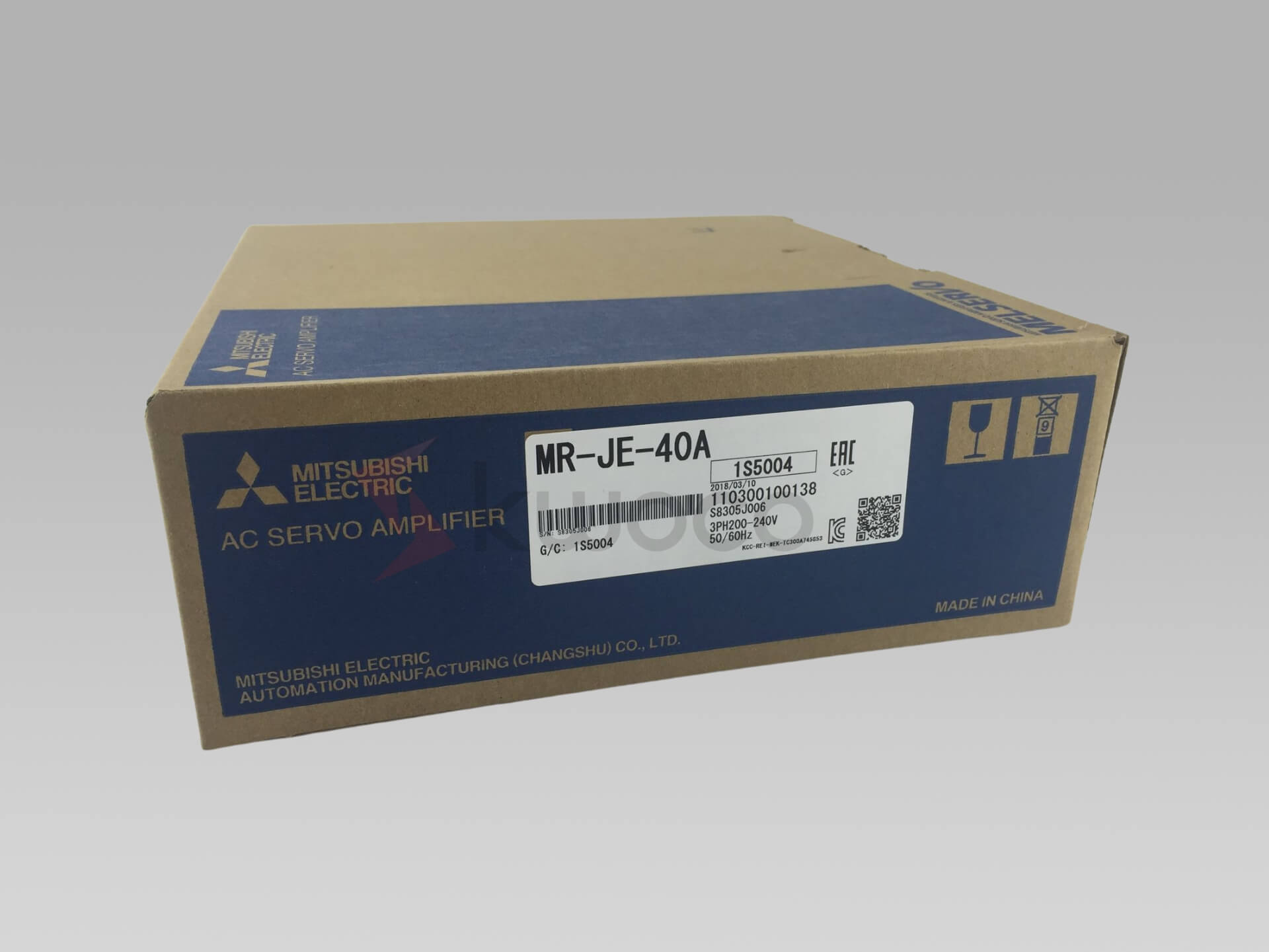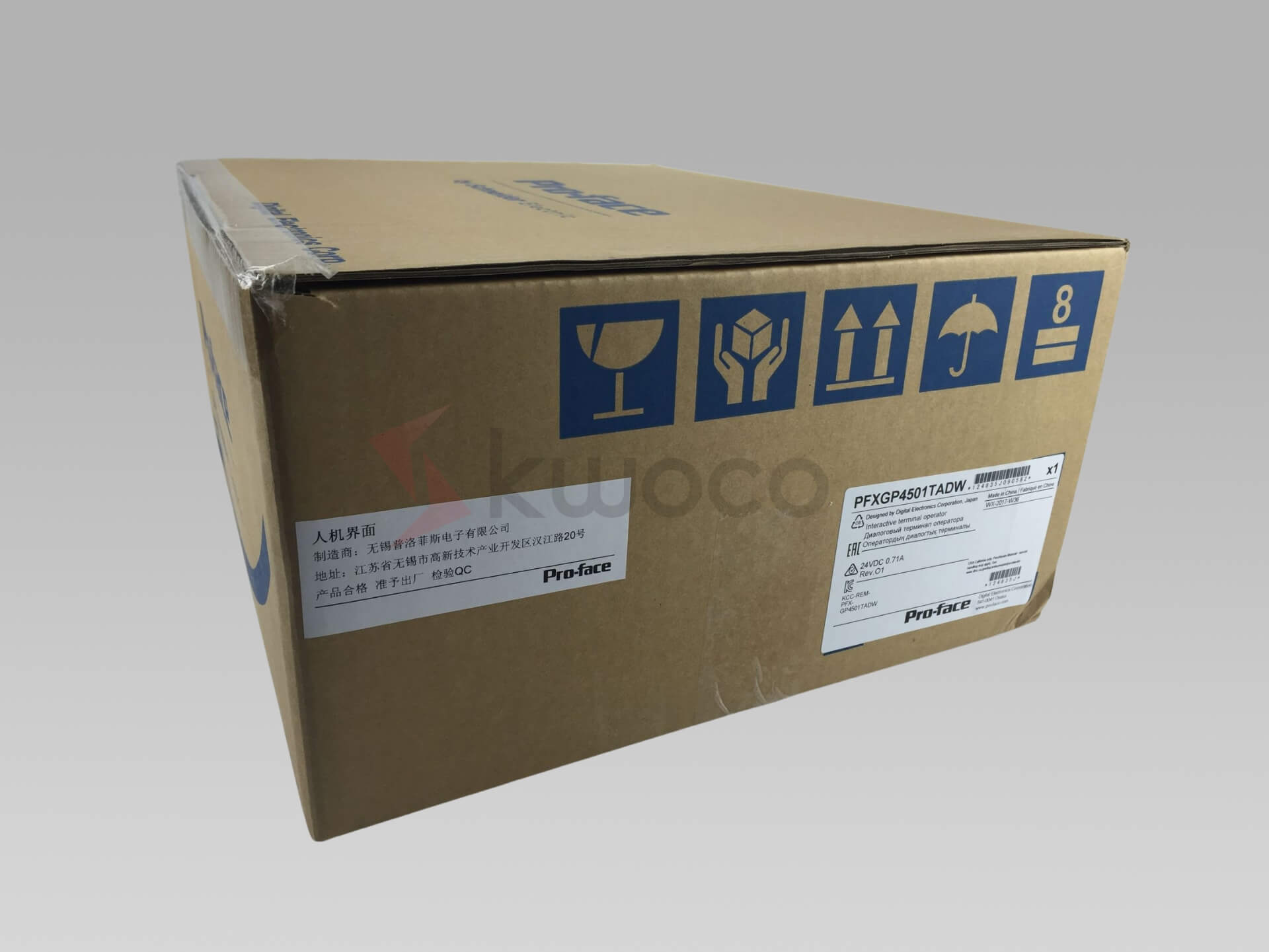Stăpânirea modului de funcționare al unui întrerupător temporizator: un ghid cuprinzător
Cuprins
1. Ce este un temporizator și cum funcționează?
Un cronometru este un tip specializat de ceas utilizat pentru măsurarea intervalelor de timp. Comutatoarele temporizatoarelor sunt dispozitive care controlează un circuit electric pe baza unui timp stabilit. Aceste dispozitive sunt integrante în automatizarea industrială, permițând controlul precis asupra diferitelor procese.
De la controlul luminii până la gestionarea utilajelor complexe, cronometrele sunt esențiale. Funcționarea unui comutator temporizator implică de obicei setarea unui interval de timp dorit după care un comutator își schimbă starea (pornit sau oprit).
Când se aplică o tensiune la secțiunea de alimentare a temporizatorului, temporizatorul își începe funcționarea. Acesta numără ciclurile de ceas sau măsoară timpul până la atingerea unei valori prestabilite. De exemplu, un temporizator simplu poate porni un dispozitiv pentru un anumit interval de timp și apoi îl poate opri.
În termeni de inginerie electrică, un cronometru este o componentă care ajută la gestionarea și controlul operațiunilor bazate pe timp în circuite și sisteme. Circuitul temporizatorului pornește când este recepționat semnalul de intrare.
2. Care sunt diferitele tipuri de temporizatoare disponibile?
Există diferite tipuri de cronometre disponibile, clasificate pe larg în cronometre analogice și cronometre digitale. Temporizatoarele analogice folosesc de obicei un buton sau un cadran pentru a seta ora și sunt adesea mai simple în design.
Sunt fiabile și simple pentru nevoile de bază de sincronizare. Modul de funcționare este foarte ușor de înțeles.
Cronometrele digitale, pe de altă parte, oferă mai multă precizie și flexibilitate. Ele pot fi programate pentru diverse funcții, inclusiv operațiuni de întârziere, interval și ciclu repetat. Mitsubishi PLC este o opțiune bună în acest caz.
De exemplu, într-o fabrică de mașini și echipamente, cronometrele digitale pot fi folosite pentru a automatiza secvențe complexe, sporind eficiența și productivitatea. Aceste temporizatoare sunt adesea denumite și contoare.
3. Ce înseamnă modul de operare pentru un cronometru?
Modul de funcționare al unui cronometru se referă la modul specific în care funcționează cronometrul pentru a controla un circuit. Modurile obișnuite de funcționare includ întârzierea la pornire, interval și întârziere la oprire. Înțelegerea acestor moduri este crucială pentru selectarea tipului potrivit de cronometru pentru aplicația dvs.
În operarea cu întârziere la pornire, temporizatorul întârzie pornirea unui dispozitiv după primirea unui semnal de intrare. Timpul setat determină durata întârzierii. Operarea pe interval presupune pornirea unui dispozitiv pentru un anumit interval de timp și apoi oprirea acestuia.
Operația de întârziere la oprire face opusul, oprind un dispozitiv după o întârziere stabilită. Alegerea modului corect de operare asigură că utilajele și echipamentele dumneavoastră funcționează conform intenției, optimizând procesul de producție. Există multe aplicații ale cronometrelor.
4. Cum sunt folosite întrerupătoarele temporizatoare în automatizarea industrială?
Comutatoarele temporizatoarelor joacă un rol esențial în automatizarea industrială. Sunt folosite pentru a controla o gamă largă de dispozitive și procese, de la sarcini simple, cum ar fi aprinderea luminilor, până la operațiuni complexe din fabricile de producție. Cronometrul are diverse aplicații.
Temporizatoarele sunt folosite pentru diferite tipuri de operații. Aplicațiile și caracteristicile cronometrelor trebuie cunoscute. Temporizatoarele sunt folosite pentru a ține o evidență a evenimentelor externe care au loc.
Într-o setare din fabrică, cronometrele pot automatiza orele de pornire și oprire ale utilajelor, asigurându-se că echipamentul funcționează numai atunci când este necesar. Acest lucru nu numai că economisește energie, dar reduce și uzura utilajelor.
În plus, cronometrele pot fi integrate în sistemele de siguranță, cum ar fi oprirea automată a echipamentelor dacă este detectată o defecțiune. În inginerie electrică, temporizatoarele și temporizatoarele digitale sunt componente esențiale în proiectarea circuitelor. Sunt utilizate pe scară largă în viața de zi cu zi și în dispozitivele practice.
5. Cum funcționează operația On-Delay în temporizatoare?
Operarea cu întârziere la pornire, cunoscută și sub denumirea de funcționare cu întârziere la pornire sau funcționare cu întârziere a semnalului, este o funcție fundamentală în multe temporizatoare. Când se aplică o tensiune la temporizator, temporizatorul așteaptă să treacă timpul setat înainte de a activa ieșirea. Cronometrul numără până când ajunge la ora prestabilită.
De exemplu, într-un proces de fabricație, un temporizator de întârziere poate fi utilizat pentru a se asigura că o bandă transportoare începe să se miște numai după ce toate celelalte echipamente sunt gata. Această sincronizare este crucială pentru o funcționare lină și eficientă.
Înțelegerea funcției de întârziere este esențială pentru configurarea corectă a cronometrului și pentru obținerea rezultatelor dorite în procesele industriale. O întârziere prestabilită este esențială. Temporizatorul este pornit atunci când este furnizată o tensiune.
6. Care este importanța funcției de interval în temporizatoare?
Funcția de interval în temporizatoare este utilizată pentru a porni un dispozitiv pentru un anumit interval de timp și apoi pentru a-l opri. Această funcție este utilă în special în aplicațiile în care un dispozitiv trebuie să funcționeze intermitent.
De exemplu, într-un sistem de irigare, un temporizator de interval poate fi utilizat pentru a uda plantele pentru o durată stabilită la intervale regulate. Într-un cadru de producție, această funcție poate controla procesele care necesită activare periodică, cum ar fi aplicarea unei acoperiri sau rularea unui ciclu de testare. Funcția de interval adaugă versatilitate cronometrului, permițând scenarii de control mai complexe.
7. Cum pot beneficia cronometrele digitale procesul meu de producție?
Temporizatoarele digitale oferă numeroase beneficii pentru procesele de fabricație. Ele oferă un control precis asupra sincronizarii, permițând automatizarea precisă a diferitelor sarcini.
Cu funcții precum ora setată programabilă și moduri de operare multiple, cronometrele digitale pot gestiona secvențe complexe și pot îmbunătăți eficiența generală.
În experiența noastră în domeniul automatizării industriale, cronometrele digitale au jucat un rol esențial în eficientizarea operațiunilor. De exemplu, utilizarea unui cronometru digital pentru a controla timpul de întărire a unui produs poate asigura o calitate constantă și poate reduce risipa.
În plus, cronometrele digitale pot fi integrate cu ușurință în sisteme de control mai mari, cum ar fi cele care utilizează Omron PLC sau Proface HMI, oferind o soluție cuprinzătoare de automatizare. Puteți afla mai multe informații despre Proface HMI la adresa legătură. Temporizatoarele sunt denumite și contoare.
8. Cum să alegi cronometrul potrivit pentru aplicația ta?
Alegerea tipului potrivit de temporizator depinde de nevoile specifice ale aplicației dumneavoastră. Luați în considerare factori precum modul de operare necesar (întârziere la pornire, interval etc.), precizia necesară și mediul în care va funcționa temporizatorul. Cronometrele sunt folosite pentru a măsura anumite intervale de timp.
Pentru aplicațiile de bază, un cronometru analogic ar putea fi suficient. Cu toate acestea, pentru procese mai complexe, un cronometru digital cu funcții avansate este adesea cea mai bună alegere.
Evaluați cerințele de tensiune și asigurați-vă că temporizatorul poate gestiona sarcina electrică a echipamentului dumneavoastră. Consultarea cu experți ca noi vă poate ajuta să luați o decizie informată și să selectați cronometrul care se potrivește cel mai bine nevoilor dumneavoastră. Pentru mai multe detalii, va rog contactaţi-ne.
9. Care sunt unele caracteristici avansate ale cronometrelor moderne?
Temporizatoarele moderne, în special cronometrele digitale, vin cu o varietate de funcții avansate. Acestea includ mai multe intervale de timp, setări programabile și capacitatea de a interfața cu alte dispozitive. Unele temporizatoare oferă caracteristici precum ieșirea impulsului, care poate fi folosită pentru a genera rate de transmisie pentru sistemele de comunicații.
Cronometrele avansate pot fi, de asemenea, utilizate într-un sistem încorporat pentru a oferi funcții de control sofisticate. De exemplu, un cronometru poate fi programat pentru a declanșa o întrerupere atunci când este îndeplinită o anumită condiție, permițând controlul și monitorizarea în timp real.
Aceste caracteristici îmbunătățesc capacitățile sistemelor dumneavoastră de automatizare, făcându-le mai flexibile și mai receptive. Cronometrul este configurat să pornească.
10. De ce sunt esențiale întrerupătoarele temporizatoarelor în sistemele încorporate?
În sistemele încorporate, comutatoarele temporizatorului sunt cruciale pentru gestionarea și controlul diferitelor operațiuni. Un sistem încorporat necesită adesea sincronizare precisă pentru sarcini precum achiziția de date, procesarea semnalului și funcțiile de control. Ele sunt generate și cu ajutorul cronometrelor.
Temporizatoarele din sistemele încorporate pot fi folosite pentru a genera semnale de ceas, pentru a măsura durata evenimentelor și pentru a sincroniza diferite părți ale sistemului.
De exemplu, într-un sistem bazat pe microcontroler, un cronometru poate fi utilizat pentru a controla ciclul de lucru al unui semnal PWM sau pentru a programa sarcini periodice. Înțelegerea rolului temporizatoarelor în sistemele încorporate este esențială pentru proiectarea și implementarea soluțiilor de control eficiente.
Întrebări frecvente
Temporizatoarele analogice folosesc mijloace mecanice sau electronice simple pentru a seta ora, de obicei cu un buton sau cadran. Sunt simple și de încredere pentru nevoile de bază de sincronizare. Temporizatoarele digitale, pe de altă parte, folosesc circuite și afișaje digitale, oferind o precizie mai mare, funcții multiple (cum ar fi întârzierea la pornire, intervalul, ciclul de repetare) și programabilitate. Sunt mai versatile pentru aplicații complexe.
Un temporizator cu întârziere la pornire începe să conteze timpul când este aplicată o tensiune sau este recepționat un semnal de intrare. Odată ce timpul prestabilit a trecut, temporizatorul își activează ieșirea, cum ar fi pornirea unui dispozitiv. Această întârziere asigură că dispozitivul începe să funcționeze numai după o anumită durată, ceea ce este util pentru sincronizarea operațiunilor într-o secvență.
Da, cronometrele pot fi folosite în aplicații de siguranță. De exemplu, pot opri automat utilajele dacă este detectată o defecțiune sau după o anumită perioadă de inactivitate. Acest lucru ajută la prevenirea accidentelor și se asigură că echipamentul funcționează în siguranță.
Funcția de interval permite unui temporizator să pornească un dispozitiv pentru un anumit interval de timp și apoi să îl oprească. Acest mod este util pentru operațiuni care trebuie efectuate intermitent, cum ar fi funcționarea unui motor pentru o durată stabilită la intervale regulate. Ajută la automatizarea proceselor care necesită activare periodică.
Alegerea modului de operare potrivit depinde de nevoile aplicației dvs. Utilizați întârzierea la pornire dacă aveți nevoie ca un dispozitiv să pornească după o întârziere, interval dacă dispozitivul ar trebui să funcționeze pentru o anumită perioadă și întârziere la oprire dacă dispozitivul ar trebui să se oprească după un timp stabilit. Luați în considerare succesiunea operațiunilor și modul în care fiecare dispozitiv ar trebui să fie controlat.
Alimentați-vă proiectele cu PLC Omron, Mitsubishi, Schneider nou-nouț, original – în stoc, gata acum!
Concluzie
- Temporizatoarele sunt dispozitive esențiale pentru controlul operațiunilor bazate pe timp în diverse aplicații, de la simple sarcini casnice până la procese industriale complexe.
- Există două tipuri principale de temporizatoare: analogice și digitale, fiecare având propriul set de caracteristici și beneficii.
- Înțelegerea diferitelor moduri de funcționare ale temporizatoarelor, cum ar fi întârzierea la pornire, intervalul și întârzierea opririi, este crucială pentru selectarea temporizatorului potrivit nevoilor dvs.
- Temporizatoarele digitale oferă caracteristici avansate și programabilitate, făcându-le ideale pentru automatizarea industrială și sistemele încorporate.
- Configurarea și utilizarea corectă a temporizatoarelor poate îmbunătăți semnificativ eficiența, siguranța și productivitatea în producție și în alte setări industriale.
- Alegerea cronometrului potrivit implică luarea în considerare a unor factori precum precizia, modul de funcționare și condițiile de mediu.
Pentru asistență suplimentară și pentru a explora modul în care produsele noastre vă pot îmbunătăți procesele de automatizare industrială, vă rugăm vizitați site-ul nostru sau contactați echipa noastră. Lăsați-ne să vă ajutăm să vă optimizați operațiunile cu puterea de sincronizare precisă.
Contactaţi-ne
Doar completați numele dvs., adresa de e-mail și o scurtă descriere a solicitării dvs. în acest formular. Vă vom contacta în termen de 24 de ore.
Categoria de produs
Produse de vânzare fierbinte
De asemenea, puteți găsi aceste subiecte interesante

Ghid esențial pentru sistemele PLC pentru ingineri
Ghid esențial pentru sistemele PLC pentru ingineri Doriți să vă simplificați procesele de automatizare industrială, dar nu sunteți sigur unde
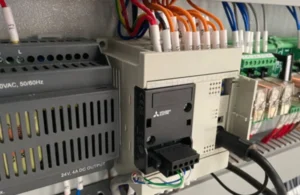
Cele mai populare 7 mărci de PLC
Cele mai populare 7 mărci de PLC Alegerea mărcii PLC potrivite dintre numeroasele opțiuni disponibile poate fi copleșitoare. Nu

Consolidarea soluțiilor de inginerie cu KWOCO: O poveste de succes în achizițiile inteligente
Consolidarea soluțiilor de inginerie cu KWOCO: O poveste de succes în achizițiile inteligente În peisajul competitiv al automatizării industriale, dreptul

